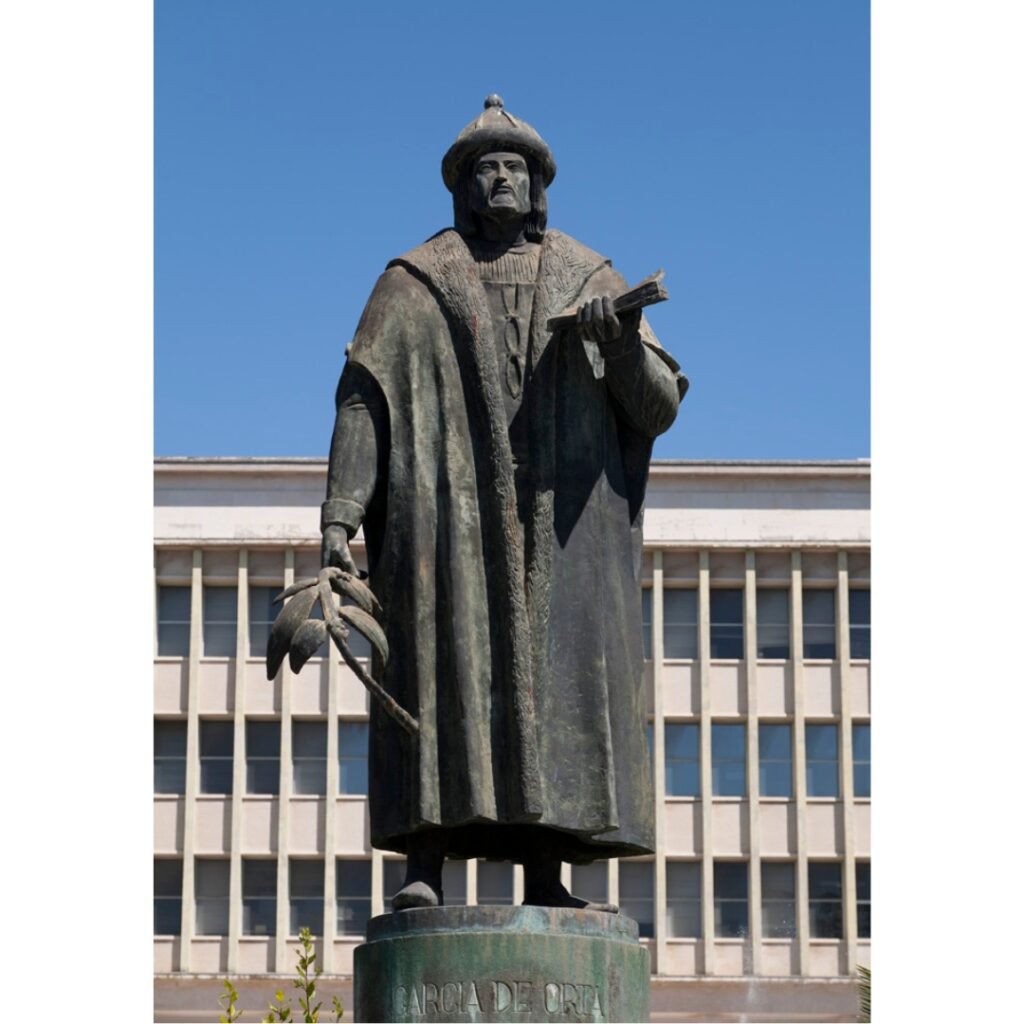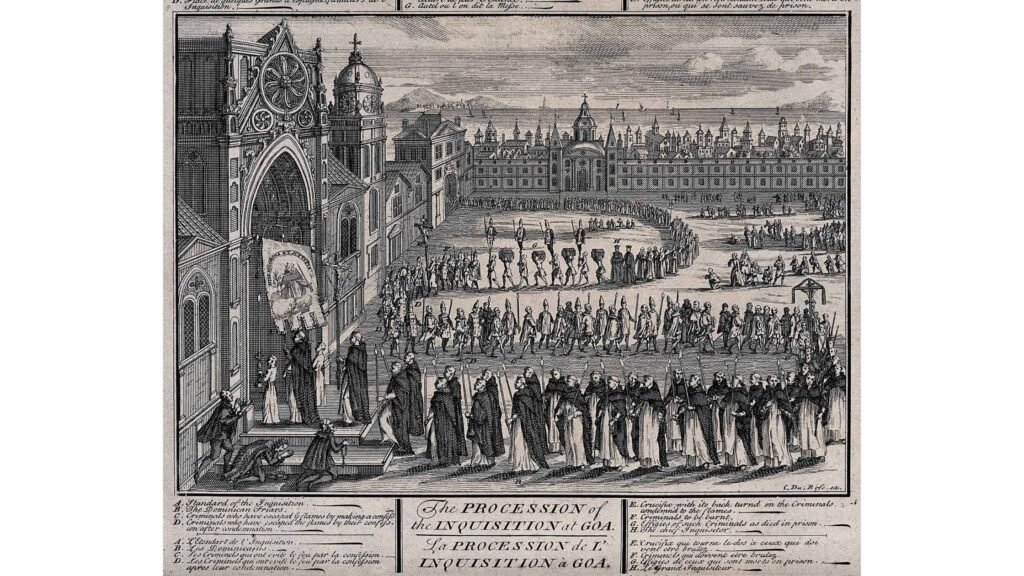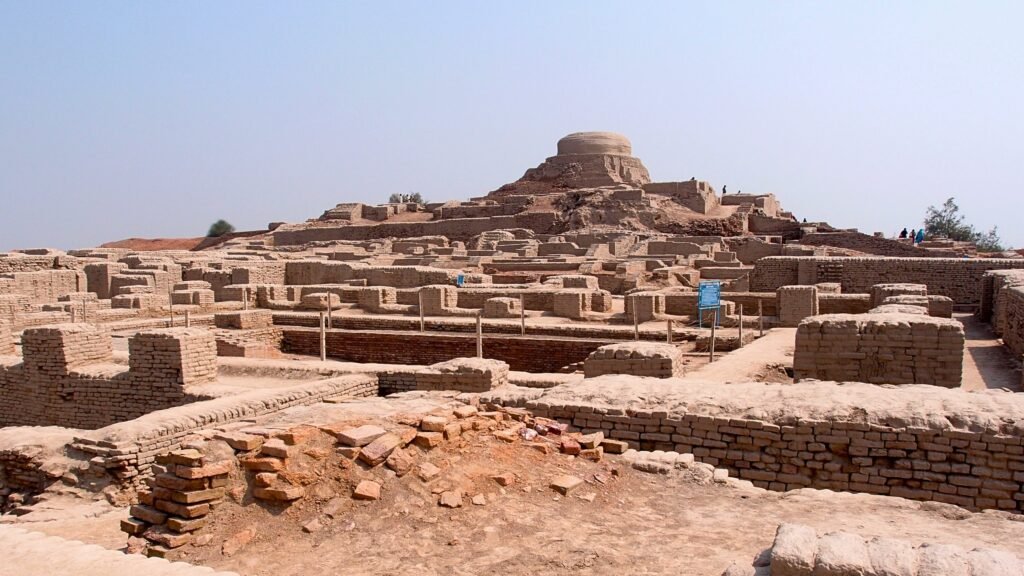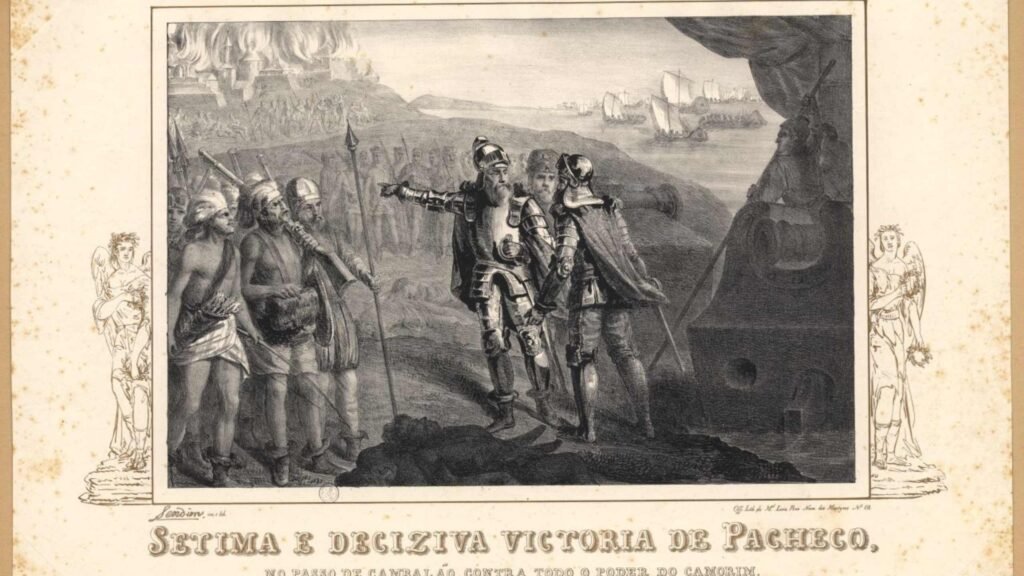The first contact between India and Portugal was when Vasco da Gama landed on the coast of Kerala in 1498. It was unpleasant and disastrous. Over the next century or so, the Portuguese would become a permanent fixture in Goa, using it as a waypoint in their dealings with the islands of Southeast Asia. They were here for spices and wealth and seemed to have little interest in the culture and knowledge of these faraway lands.
Yet there have always been exceptions. One such exception was Garcia de Orta, a Portuguese physician, who wrote one of the first books to be printed in India. This landmark book, Colóquios dos simples e drogas he cousas medicinais da Índia (liberal translation: ‘Elementary Discussions on the Drugs and Medicines of India, and Their Uses’) was a treatise on medicine published in Goa, all the way back in 1563!
But what was Orta doing, learning about medicine in India in the 16th century? It began with the Spanish Inquisition!
For many centuries in the medieval era, Spain was ruled by a series of Muslim rulers. They called it Al-Andalus. But after the Christian recapture of Spain, there came the Spanish Inquisition, a violent backlash to root out all non-Christian influence. Garcia de Orta came from a Spanish Jewish family, which fled to Portugal to escape persecution. The Inquisition spread to Portugal later and the Orta family had been coerced into converting into Christianity. Still, new converts were treated with suspicion and contempt, because they secretly retained their Jewish faith. Despite having a bright future ahead of him as a doctor, Orta was terrified of the Inquisition. In 1534, he got an opportunity to flee to India, and he grabbed it.

The early 1500s marked the beginning of the Portuguese presence in India, and they did not come in peace. It was a violent and bloody time but none of that appears in Orta’s book. Instead, we find him focusing on the benefits of aloe vera and ginger, the joys of cashew, clove and mango and the pleasures of bhang and opium. Orta was engaging with India on his own terms.
For many years, he was the personal physician of Burhan Nizam Shah, the Sultan of Ahmednagar, who seemed to have a high opinion of the Portuguese. At the sultan’s court, he interacted with Muslim hakeems and Hindu medical practitioners, quietly picking their brains. He didn’t blindly absorb this ‘exotic’ tradition. Instead, he integrated it with his own experiences and medical frameworks. The Colóquios spend a lot of time talking about legendary Greek physician Galen, Arab polymath Ibn Sina and the other pillars of ‘Western’ medical thought.
He came to be widely respected in Portuguese India, receiving the leasehold of a barren island in (what later became) Bombay on which to build a home. In fact, when the British would take over those islands more than a century later, the Town Hall would be built on the site of Orta’s old mansion.
But this little oasis of safety that Orta found in India was soon about to end. In the 1540s, the Inquisition came to India. Jeronimo Dias, a physician and Jewish convert – just like Orta, was convicted of heresy and burned in 1543 in Goa. With the protection of powerful friends, Orta managed to avoid punishment, dying a natural death in 1568. But sadly, the story doesn’t end there. His family was targeted after his death and confessions were wrung out of them through torture. His sister was burnt at the stake. Orta’s body was actually dug up and burned in a posthumous public denouncement.

While the horrors of that time are not forgotten, Garcia de Orta is seen as a Portuguese national treasure today. His face can even be found on their banknotes. Indeed, most heartwarming of all, given that orta means ‘garden’ in Portuguese, there are gardens in Lisbon and in Goa that are named after him. When residents take refuge from the bustle of the city in the quiet shade of a lush garden, they reenact a more pleasant version of Orta’s life. After all, that’s what he was doing, as well – taking refuge from a harsh world and finding a cure in herbs and flowers.





